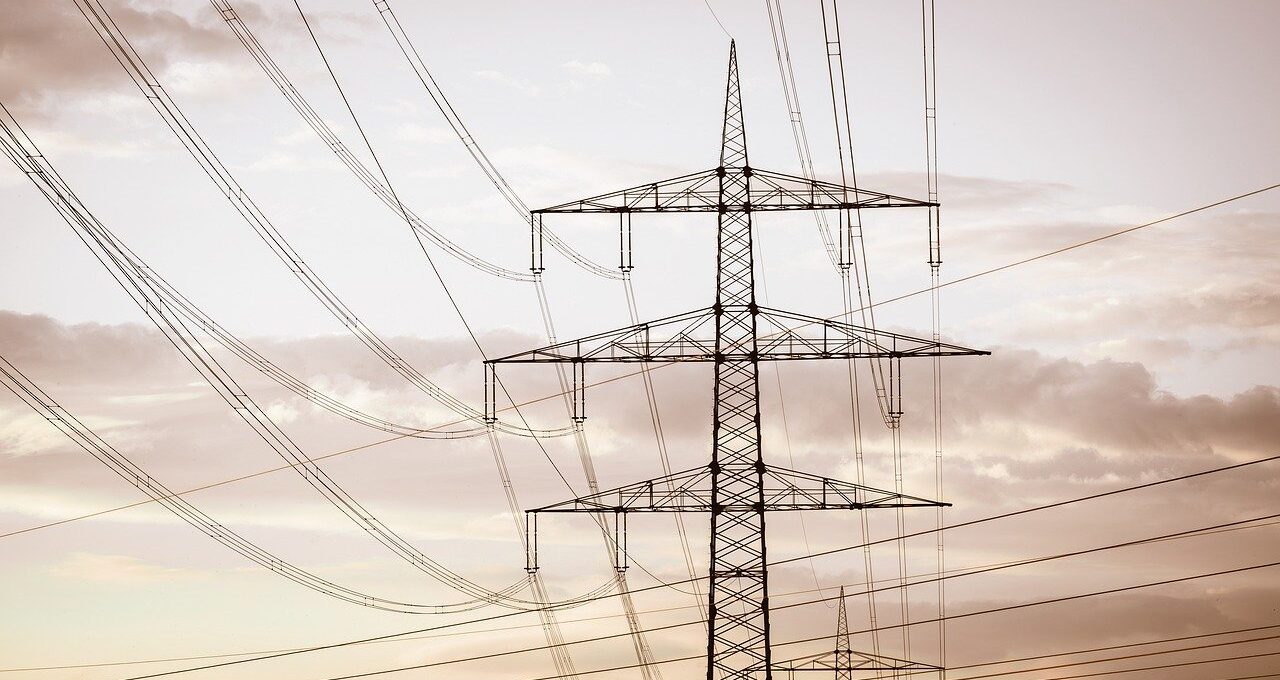Origin Energy (ASX: ORG) has posted a solid first-half performance, with statutory profit rising to $1.02 billion, up from $995 million a year earlier. Underlying profit also saw a significant jump, reaching $924 million, driven by stronger earnings from its Integrated Gas division and lower tax expenses, despite weaker results from Energy Markets and Octopus Energy.
The company declared a fully franked interim dividend of 30 cents per share, a step up from 27.5 cents in the prior corresponding period. However, free cash flow saw a net outflow of $552 million, reflecting ongoing investment in Origin’s battery storage projects.
Integrated Gas Drives Earnings, While Energy Markets Face Challenges
CEO Frank Calabria highlighted that Integrated Gas was the star performer, delivering a 25% increase in underlying EBITDA to $1.25 billion. The boost came from higher LNG trading gains, stronger sales volumes, and firmer commodity prices at Australia Pacific LNG. The business also benefited from the start of a 10-year gas supply agreement with Queensland Curtis LNG.
In contrast, Energy Markets had a tougher run, with underlying EBITDA dropping to $738 million, down from $1.04 billion last year. Calabria pointed to lower wholesale electricity prices flowing through to customer tariffs, as well as higher coal costs. The bright spot? Customer growth, with 57,000 new accounts added, bringing Origin’s total customer base to 4.7 million.
Octopus Energy’s Growth Comes at a Cost
Origin’s investment in UK-based Octopus Energy continues to pay off in terms of expansion, but it remains a drag on profitability. Origin’s share of Octopus Energy’s EBITDA was a loss of $24 million, compared to a $12 million loss in the prior period. Despite this, Octopus added 13.3 million UK customer accounts and its Kraken platform is now managing 62 million accounts globally—with expectations to hit 100 million accounts by 2027, generating over £500 million in annual recurring revenue.
Investing in the Energy Transition
Origin is making significant progress on its renewables and storage strategy. Calabria emphasized that the company is on track to add 4-5 GW of renewable energy and battery storage by 2030. A key focus is the Eraring battery project, which has been approved for Stage 3, making it the largest battery project under construction in the Southern Hemisphere.
The company has also committed $1.7 billion to battery projects, including the Supernode and Summerfield batteries, while also advancing its Yanco Delta wind project in NSW.
Outlook: What’s Next for Origin?
Looking ahead, Origin reaffirmed its FY25 Energy Markets EBITDA guidance of $1.1–$1.4 billion. However, earnings from electricity are expected to dip as retail tariffs reflect lower wholesale prices, and coal costs increase by about $30 per tonne compared to last year.
On the LNG front, production guidance for Australia Pacific LNG remains at 670–690 PJ for FY25, with LNG trading gains expected to be at the upper end of the $400–$450 million range.
For Octopus Energy, expectations have been slightly revised down, with its FY25 EBITDA contribution now forecasted to be up to $100 million, compared to previous guidance of $100–$200 million. This reflects continued investment in energy services and a change in accounting treatment for Kraken.
Final Thoughts
Origin’s first-half results reflect a strong performance in Integrated Gas, which offset headwinds in Energy Markets. The company is continuing to invest heavily in the energy transition, positioning itself for long-term growth while maintaining a solid balance sheet and increasing shareholder returns.
With a growing customer base, major renewable projects underway, and a steady dividend, Origin remains well-placed to navigate the evolving energy landscape.





